Understanding Early Autism Intervention
Exploring the Landscape of Autism Early Intervention
Introduction
Early intervention plays a crucial role in the development of children diagnosed with Autism Spectrum Disorder (ASD), addressing critical areas such as communication, social skills, and behavior. With ASD affecting approximately 1 in 36 children, understanding and implementing effective early interventions can make a significant difference in their lives and the lives of their families. This narrative delves into the significance of early intervention, various strategies, services available, and the impact on long-term developmental outcomes.
Significance of Early Diagnosis and Intervention Timing
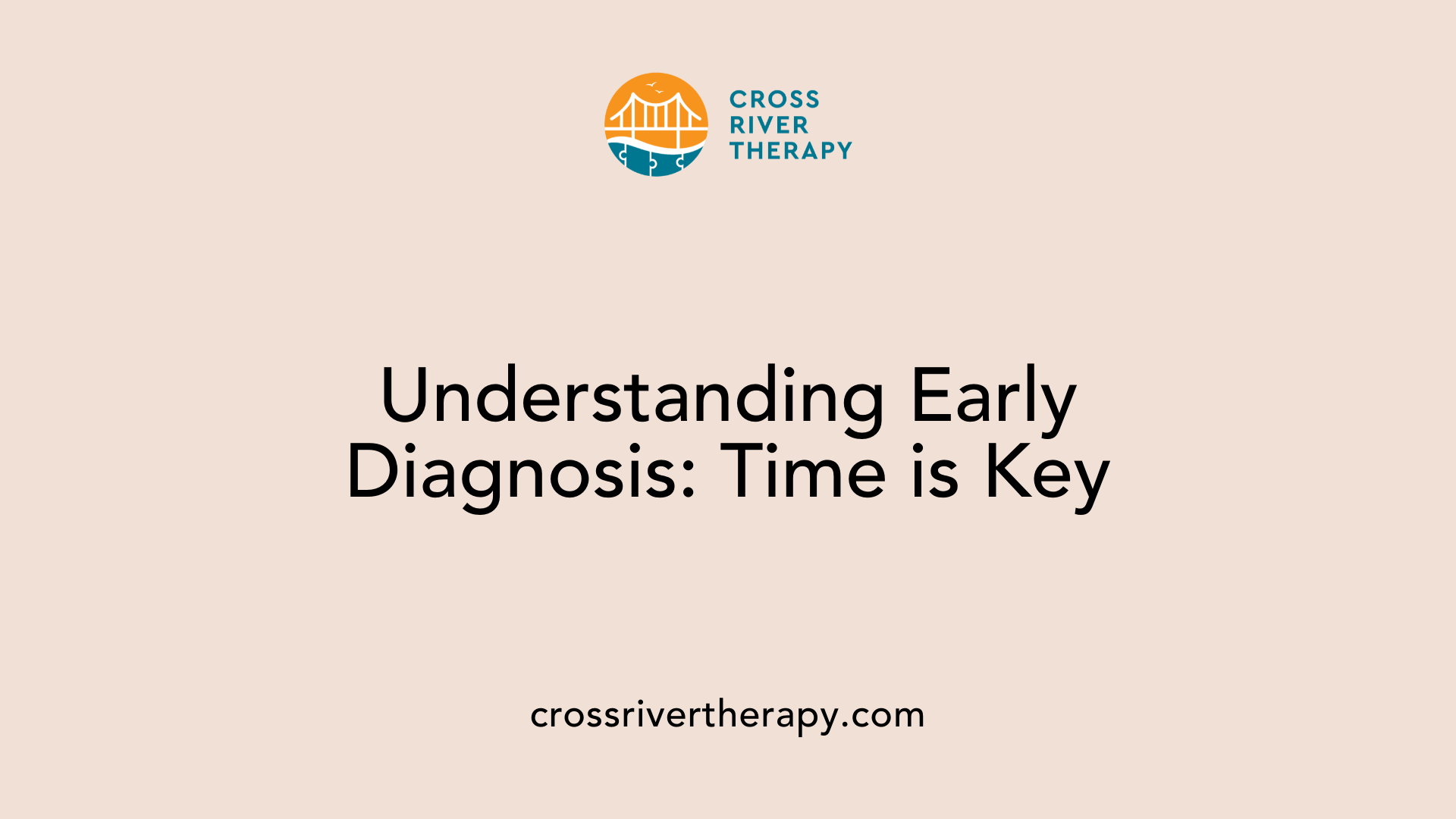
How early can autism be detected in children?
Autism can reliably be diagnosed by age 2, although signs may surface as early as 6 to 12 months. The American Academy of Pediatrics recommends autism screenings at 18 and 24 months, with developmental screenings starting at 9 months. Signs of Autism Spectrum Disorder (ASD) typically emerge between 12 to 24 months, but early indicators like lack of eye contact or unresponsiveness to names can appear as early as 2 to 9 months. Prompt detection is vital, as it can lead to interventions that yield better long-term outcomes for children, setting an essential foundation for their development.
Impact on developmental skills
Early intervention significantly enhances developmental skills, particularly in communication, social interactions, and behavioral regulation. Engaging with children before the age of three allows therapies to reshape neural pathways effectively. Research shows that the sooner these interventions begin, the more favorable the skills associated with social engagement and language development become. Children who receive timely support often develop crucial life skills and improve their academic readiness.
Brain plasticity
The adaptability, or plasticity, of young children's brains plays a crucial role in the success of early interventions. During the ages of 0 to 5, children’s brains are highly pliable, making them more receptive to learning and behavior changes. This period offers a unique opportunity to reinforce positive behaviors and mitigate challenges related to autism, thus maximizing developmental potential.
Core Strategies and Methods in Early Autism Intervention
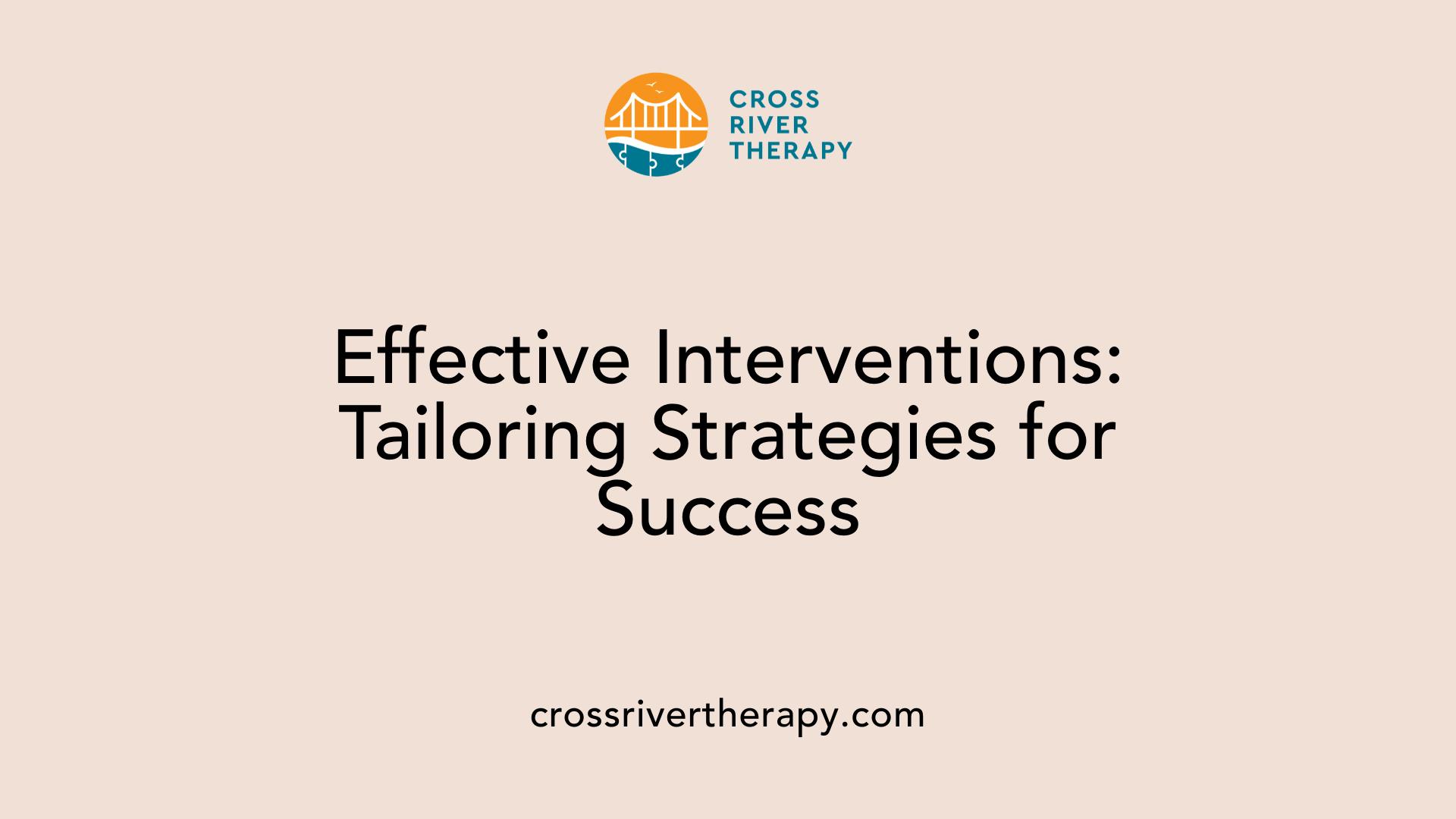
What types of interventions are available for children with autism?
A variety of interventions are available to support children with Autism Spectrum Disorder (ASD), each targeting unique developmental needs.
Key methods include:
- Applied Behavior Analysis (ABA): This evidence-based approach focuses on increasing positive behaviors and decreasing harmful behaviors through reinforcement and structured teaching. It includes techniques like Discrete Trial Training and Pivotal Response Training.
- Speech Therapy: Aims to enhance communication skills, addressing both verbal and nonverbal communication. Strategies may include using picture boards and practicing sounds and words, integrated into daily routines to improve functional communication.
- Occupational Therapy: Concentrates on developing daily living skills and motor functions, assisting children in becoming more independent in activities such as dressing and eating.
Importance of Individualized Plans
Individualized intervention plans are critical in early autism intervention. These custom plans account for each child’s specific strengths, challenges, and preferences, ensuring that interventions are effective and targeted. The combination of tailored therapies enables a more comprehensive approach, facilitating better communication, social skills, and adaptive behaviors for optimal development.
By engaging early and using these diverse strategies, families can greatly enhance their child's developmental trajectory.
Goals and Long-Term Impact of Early Intervention
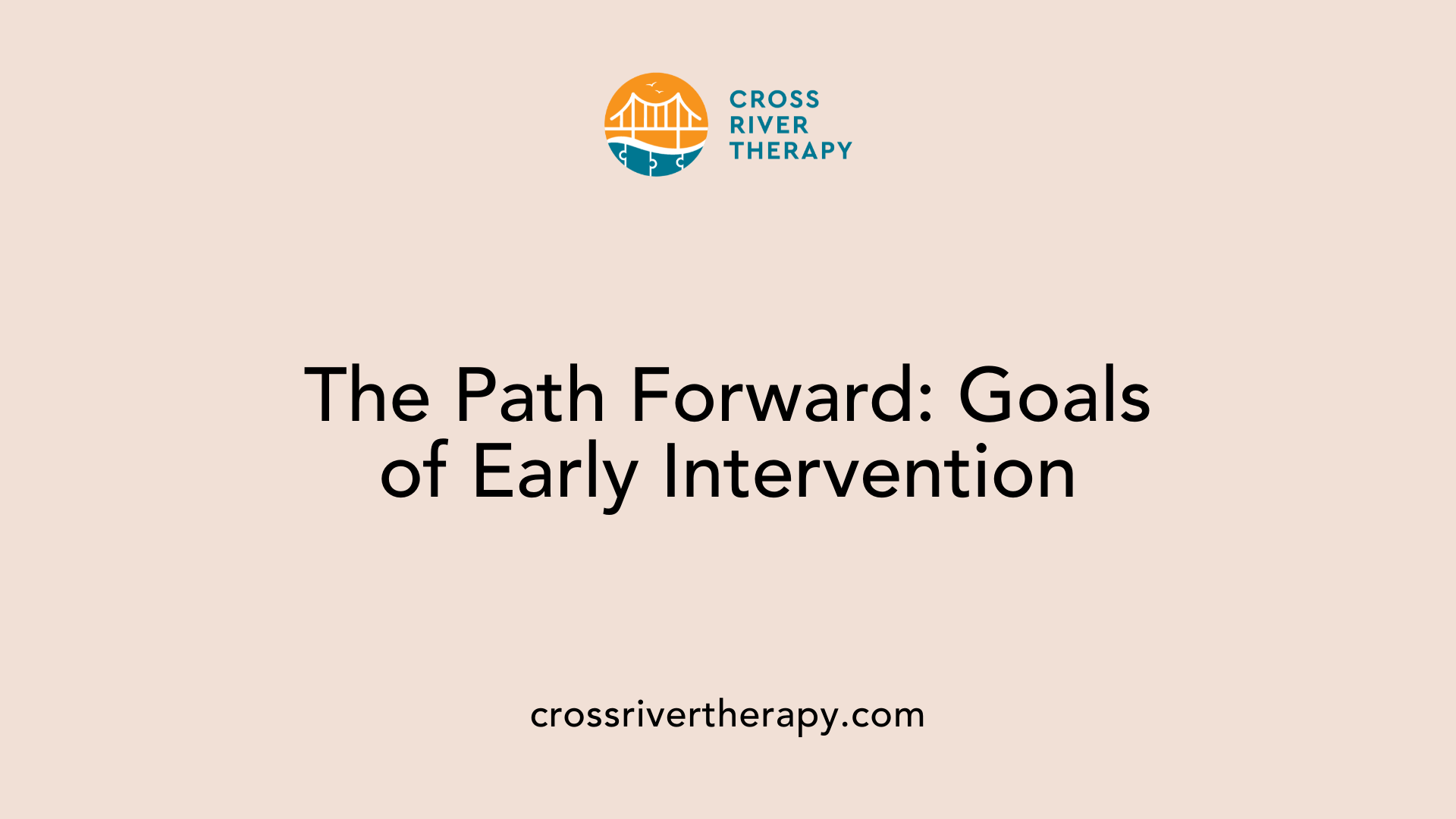
What are the goals of early intervention for autism?
The goals of early intervention for autism revolve around improving critical developmental skills essential for successful social interactions and effective communication. A primary focus is on enhancing joint attention, which encourages shared focus between the child and others, fostering better social connections.
Additionally, promoting social reciprocity is vital. This refers to the ability to engage in back-and-forth interactions, a cornerstone of effective communication and relationship-building. Collectively, these aspects help children engage fully with their peers and family.
Enhancing Communication
Language and cognitive development are crucial areas targeted through personalized strategies. Therapists may employ visual aids and assistive devices to support children in processing and expressing language. Through techniques such as speech therapy and Applied Behavior Analysis (ABA), children can significantly improve their communication skills.
Building Independence
Equally important is fostering behavioral and emotional regulation. Helping children understand and express their feelings equips them with tools to navigate social environments more effectively. The ultimate goal is to create a framework that encourages autonomy and greater independence, allowing children on the autism spectrum to lead fulfilling lives.
In summary, early intervention serves not only to improve social and communication skills but also to enhance overall developmental trajectories, leading to long-term positive outcomes.
Services and Support Systems for Early Intervention
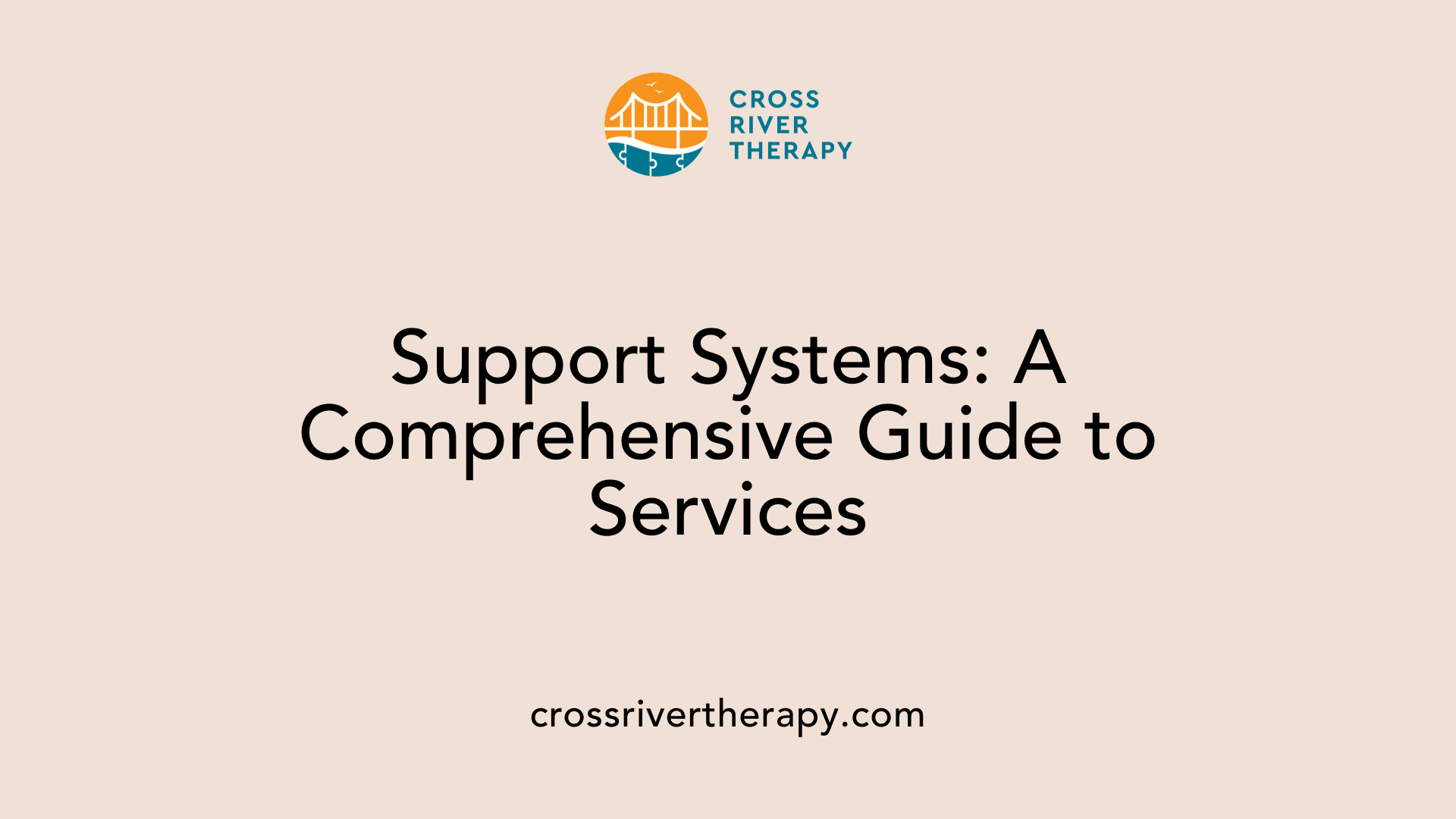
What services are typically included in early intervention for autism?
Early intervention for children with autism, particularly those between 0-3 years, typically involves several specialized therapies designed to improve key developmental areas. These often include:
- Speech Therapy: Focuses on enhancing communication skills, both verbal and nonverbal, through techniques like sounds practice and the use of picture boards.
- Occupational Therapy: Helps kids with motor skills, social interactions, and daily living tasks, promoting greater independence in activities like dressing and eating.
- Applied Behavior Analysis (ABA): Utilizes reinforcement techniques to encourage positive behaviors while reducing problematic ones, tailored to each child's unique needs.
- Family Training: Empowers parents with strategies to support their child's development at home, emphasizing the importance of their involvement in the process.
What role do state-run programs play in early intervention?
State-run programs provide critical access to early intervention services. Under the Individuals with Disabilities Education Act (IDEA), children identified as being at risk for developmental delays are eligible for these programs, which are often provided at no cost to families. States coordinate services, ensuring families receive necessary support regardless of a formal autism diagnosis.
How does IDEA legislation support early intervention?
The IDEA legislation underscores the commitment to providing comprehensive services for children presenting developmental concerns, particularly those with autism. For children aged 3-22, the law provides for special education services, including Individualized Education Programs (IEPs), allowing for tailored educational plans. This ensures that children receive the support needed to achieve better developmental and educational outcomes, ideally beginning prior to a formal ASD diagnosis.
The Success and Outcomes of Early Intervention
How successful is early intervention for autism?
Early intervention for autism is considered highly successful, as numerous studies indicate that children receiving these services demonstrate significantly better outcomes across various developmental areas. This includes enhancements in communication, socialization, and behavior when compared to those who do not receive early intervention. The brain's remarkable adaptability in early years underscores the importance of addressing developmental delays as soon as possible, ideally before age three.
Statistics show that children diagnosed with autism at a younger age—commonly around two—benefit greatly from timely interventions. Research highlights an average IQ increase of 17 points, showcasing how effective these therapeutic services can be. Notably, those who participate in early intervention also tend to integrate into regular education settings more smoothly and achieve improved employment outcomes as adults.
Overall, early intervention not only boosts immediate skills for children but also lays a strong foundation for greater independence and a higher quality of life in the long run. The investment in early therapeutic support is crucial for unlocking potential and fostering a brighter future for children with autism.
Engaging Parents and Families in Early Intervention
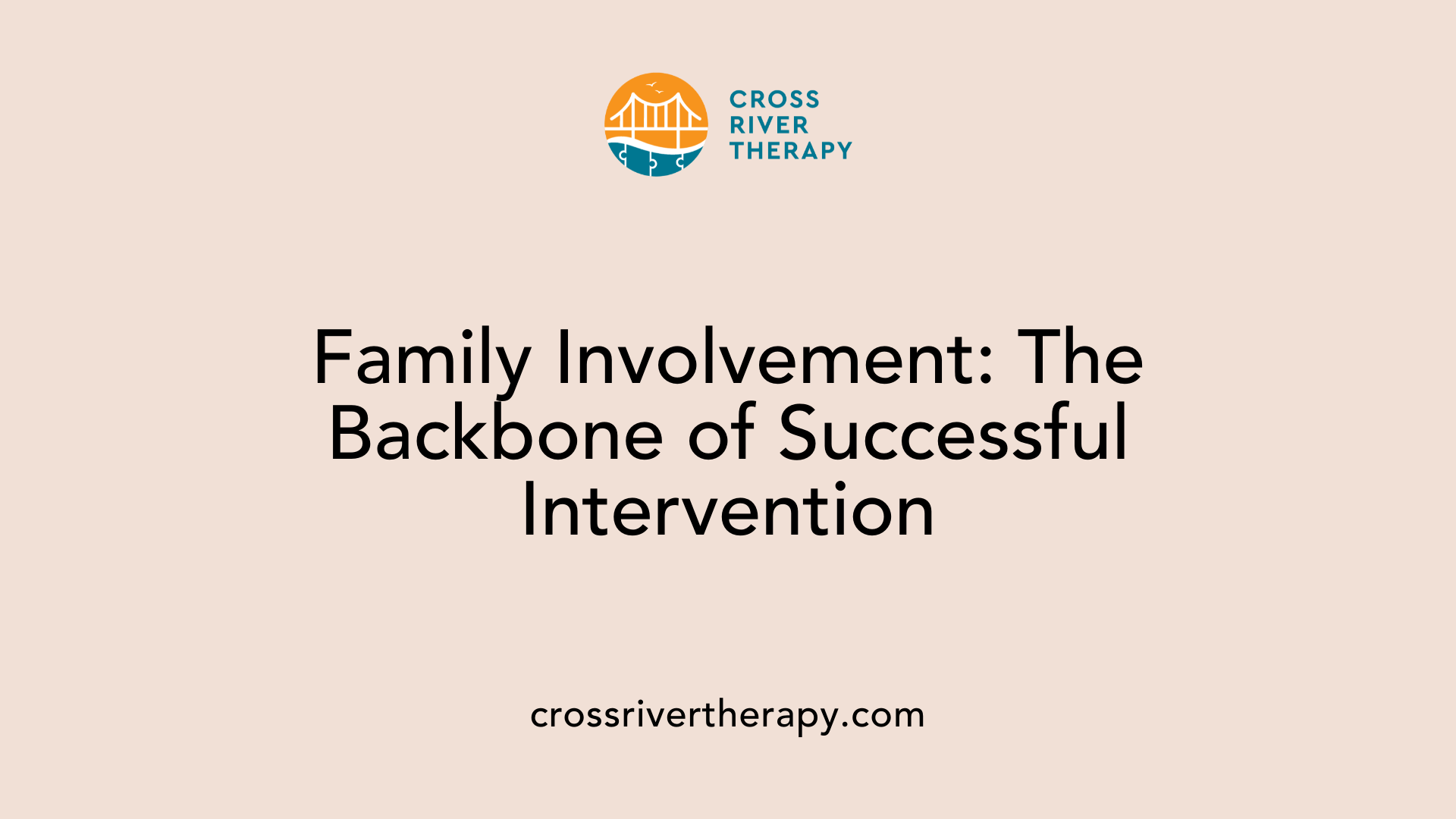
The Importance of Parental Involvement
Parental involvement is a cornerstone of early intervention in autism spectrum disorders (ASD). Engaged parents not only enhance their child's learning opportunities but also gain valuable skills to support their child's development. Research has shown that when families are actively involved in early therapies, children achieve better outcomes, including improved communication and social skills.
What Practical Strategies Can Parents Use to Support Their Child's Development Through Early Intervention?
Parents can support their child's development through early intervention by actively engaging in parent-mediated therapies, where they learn and implement specific techniques under professional guidance. These techniques often focus on joint attention, social communication, and play-based activities that enhance interaction and communication skills. Research indicates that such interventions can improve various outcomes, including adaptive functioning and social communication, particularly for toddlers at risk of ASD.
Additionally, empowering parents with education about behavioral strategies and support can significantly enhance their ability to manage their child's needs. Overall, consistent involvement and reinforcement by parents in their child's daily routines can lead to meaningful developmental progress.
The Role of Family Support
Family support not only aids children in their developmental journey but also alleviates stress and enhances family dynamics. Significant involvement in the early intervention process, such as participating in training and therapy sessions, enables families to understand and better meet their child’s needs. This holistic engagement fosters an environment conducive to learning, ensuring that children with ASD receive the necessary encouragement and assistance for their growth.
Conclusion
The importance of early intervention for Autism Spectrum Disorder cannot be overstated. By recognizing signs early and implementing tailored intervention strategies, significant developmental improvements can be achieved, benefiting not only the child but also the broader family dynamics. Through engaging in various therapeutic techniques, harnessing state resources, and fostering active parental participation, early intervention serves as a foundational step towards better long-term outcomes, laying the groundwork for improved quality of life and integration into society for children with autism.
References
- Understanding the Significant Impact of Early Intervention
- Early Intervention for Autism | NICHD
- The Power of Early Autism Intervention: Setting the Stage for a ...
- Study Finds Early Intervention Highly Effective | Autism Speaks
- Early Identification and Interventions for Autism Spectrum Disorder
- Why is Early Intervention for Autism So Important?
- Early Intervention - UNC Autism Research Center
- Importance of Early Intervention for Kids with Autism
- Early Intervention in Autism - Autism Behavior Services, Inc.



